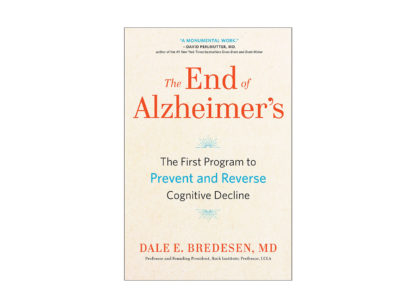There are a few things that women should know about stroke. More women than men suffer from strokes each year — 425,000 compared to 370,000. Strokes kill twice as many women each year as breast cancer. African-American women have more strokes than Caucasian women, and strokes are the number one cause of death for Hispanic women.
“Stroke in women is more fatal than it is in men. This is important, as all too often women are more concerned with others than with themselves. Since May is National Stroke Awareness Month, it is the perfect time to educate yourself about the risk factors and signs of stroke,” said Patricia Ryan, RN, MSN, ANP neuro program coordinator for Desert Regional Medical Center.
Because stroke affects so many women, it is important to be familiar with the signs of stroke and seek medical help quickly. Women and men experience many of the same symptoms including:
- sudden numbness or weakness of face, arm or leg
- confusion
- difficulty speaking
- problems with vision
- loss of balance or coordination, trouble walking
- severe headache for no known cause
Other telltale signs of a stroke that are unique in women include:
- the rapid onset of hiccups
- nausea
- fatigue
- chest pain
- face and limb pain
- shortness of breath
- heart palpitations
Women and men share many of the same risk factors for stroke. While a person of any age can have a stroke, risk does increase with age. The chances of having a stroke double for every 10 years after the age of 55. Other risk factors include a family history of stroke, high blood pressure or cholesterol, smoking, diabetes, being overweight and not exercising.
Women also have some exclusive risk factors that could raise their risk of having a stroke, which include:
- Taking birth control pills
- Experiencing natural changes in the body during pregnancy that increase blood pressure and put stress on the heart
- Using hormone replacement therapy to relieve symptoms of menopause
- Being postmenopausal and having a waist that is larger than 35.2 inches and a triglyceride level higher than 128 milligrams per liter
- Being a migraine headache sufferer
Women can take an active role in preventing stroke by monitoring their blood pressure, not smoking, getting tested for diabetes, knowing their cholesterol and triglyceride levels, limiting alcohol and maintaining a healthy weight. Taking birth control pills is generally considered to be safe for young, healthy women. However, they can raise the risk of stroke in some women who are over 35, smoke, have diabetes, and high blood pressure or cholesterol.
If a stroke occurs, seek medical attention immediately. Strokes caused by blood clots, which are called ischemic strokes and are the most common type, can be treated with clot-busting drugs such as tPA, or tissue plasminogen activator. But in order to be effective, the medication must be administered within three hours of the initial onset of symptoms.
Anticoagulants, such as warfarin and antiplatelet drugs, such as aspirin, may be prescribed to help prevent a stroke in people who are high risk. In other cases, surgery may be recommended to treat or prevent stroke. Carotid endarterectomy can be performed to remove fatty deposits that clog the carotid artery in the neck. If a person does have a stroke, rehabilitation can help rebuild strength, capability and confidence to continue daily activities.
Desert Regional Medical Center has been certified by the Joint Commission as an Advanced Primary Stroke Center. For more information about stroke or stroke support groups, you can call Neuro Program Coordinator Patricia Ryan at 760-449-5291. If you need a physician to discuss stroke, you can call Desert Regional Medical Center at 1-800-491-4990 for a free referral to a neurologist near you.














































Comments (0)